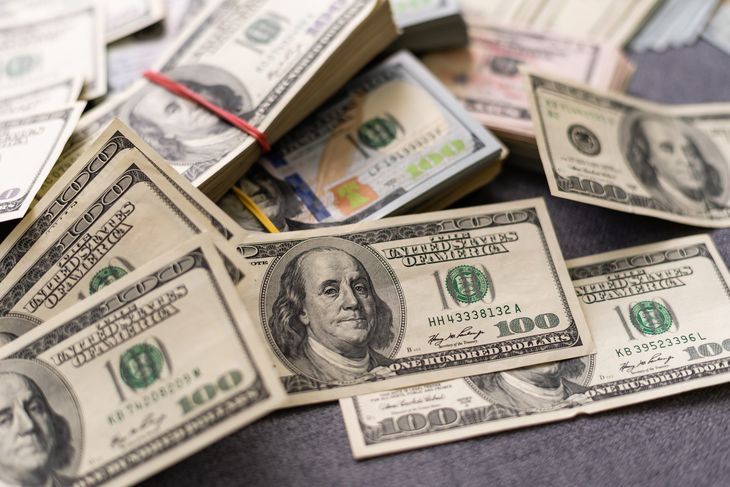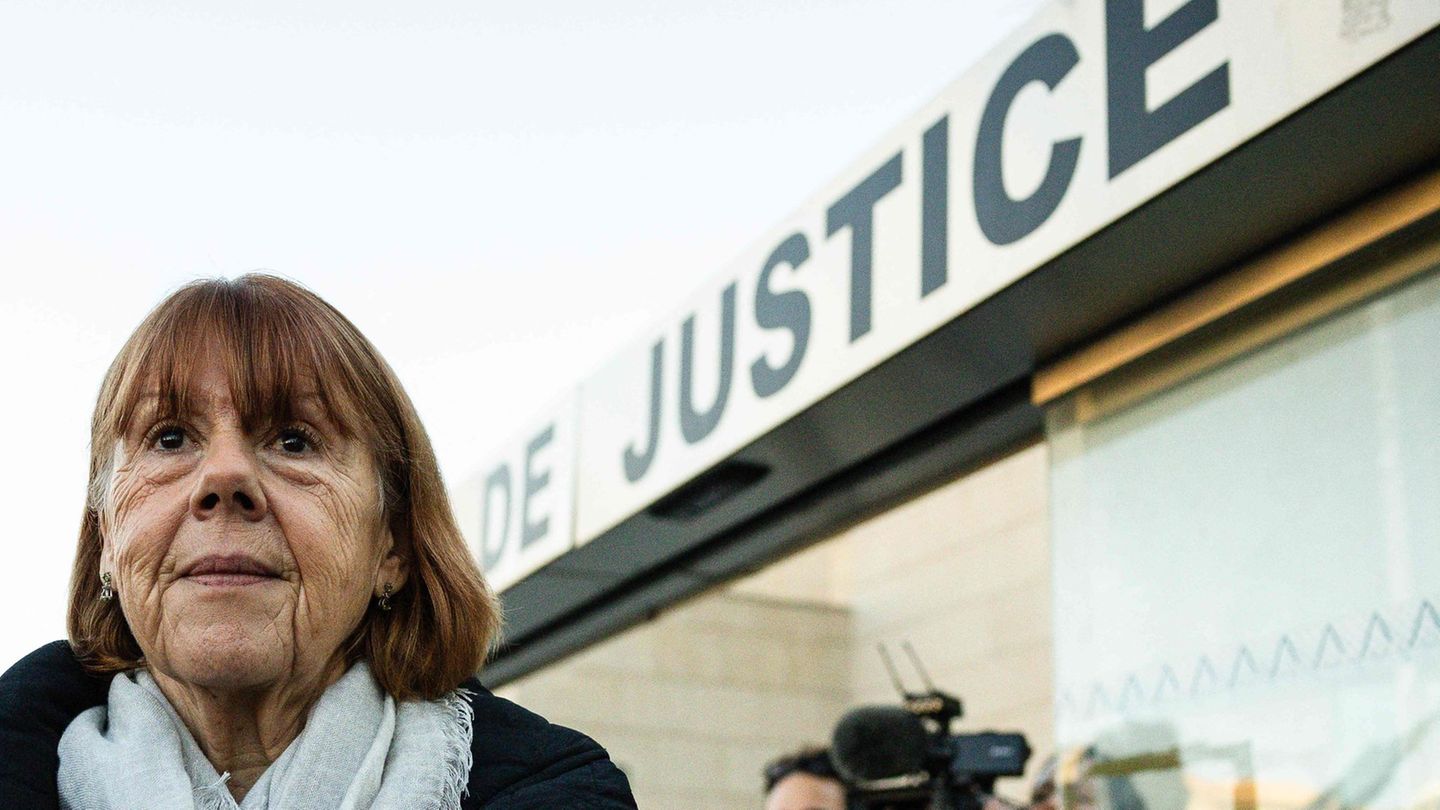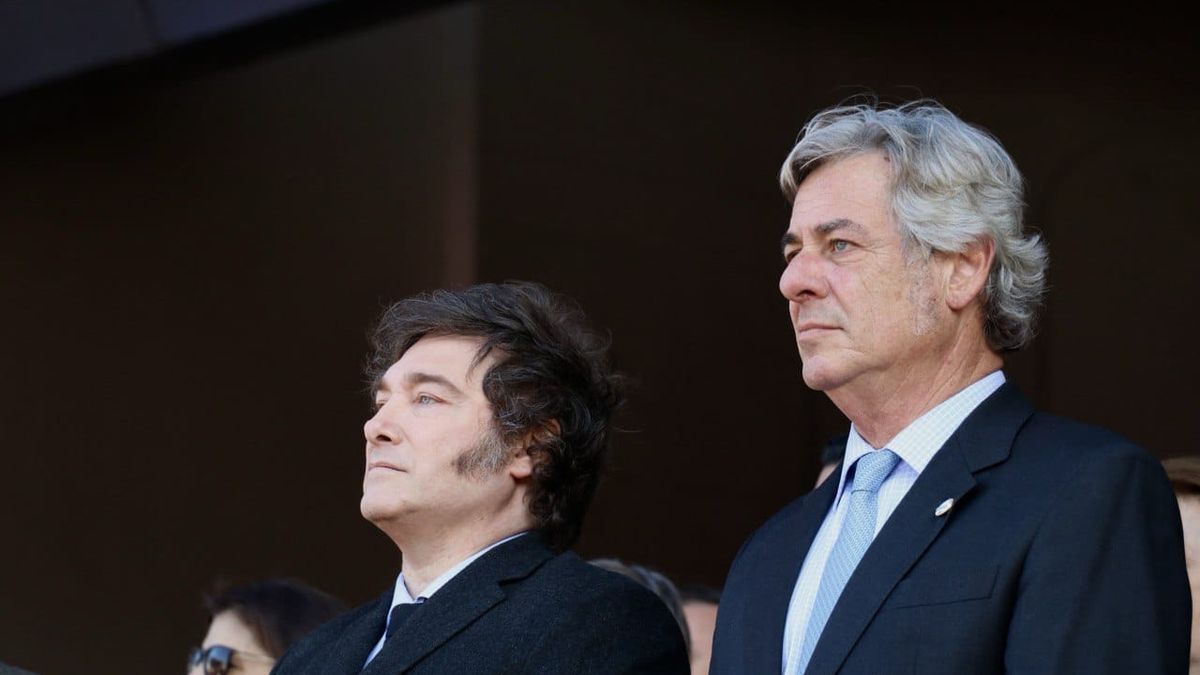The fact is that, in the last hours, that figure is under review. There are doubts, both in Economics and in the Central Bank, since the 3% monthly mark could be well below the inflationary pace. There’s a chance it’s a little higher.
Yesterday, the INDEC marked an inflation of 8% for the month of October, but November would not be far behind. And although a few days ago, among Economy officials, had tried the idea of postponing the start of the defrost until next week, in the last hours that strategy changed definitively. Today, a part of the BCRA is turning to think about it in a different way, since The idea of avoiding a further delay in the official exchange rate persistswhich makes the task more difficult later.
dollar-finance-investments.jpg
Depositphotos
We must remember one no less detail: the economic team’s plan also covers a series of prices “tied” to the freezing of the official exchange rate, mainly tariffs and price agreements on mass consumption products, to which the dollar should also be incorporated. exporter, which is valid until this Friday.
The objective of the Treasury Palace is clear: not to make waves in the run-up to the election, but also not once the election is over. Sudden jumps in the value of the currency will be avoided under all circumstances..
Two pieces of information help to understand the Government’s decision. On the one hand, as said, the exchange gap is at high levels, and the recent experience with the devaluation registered after the PASSED on the recommendation – the term is short – of the IMF, the thing is, Far from providing greater possibilities to the BCRA, it implied greater inflationary pressure and meager advantages.
On the other hand, some government sources consider that, potentially, The time to make some more relevant modifications to the official exchange rate could only come next yearat the beginning of March, when the strong liquidation begins and there is more incentive to generate that modification.
The future dollar, MEP, CCL and blue
It is interesting to read what is happening in the markets. The perception of the main market brokers and banks was that Massa won with a clear advantage in the runoff.. This does not imply a direct equation for next Sunday. But it did tone down the quotes.
What happened in the Rofex futures deserves a special mention, which in the last hours fell between 2 and 4%, which diluted the expectation about a possible sudden devaluation in December and January.
The fact is that, according to some sources, The BCRA seems to have intervened again, especially in the November Rofex contract. Message from beyond? Could be. They comment that the November contract closed at $375, 7% above the spot.
pack-of-lies-the-us-currency-on-background-of-dollars.jpg

Another data that is recorded is that this value is 4.6% above the $358 at which November would end, if it increases at 3% monthly (added to 1% tomorrow). The other signal that the BCRA left, is that the Rofex contract was negotiated at the same value as the MAE, something that did not happen in the last four weeks. In this way, it can be derived that the BCRA would once again give price signals for the coming weeks.
The same sequence could be read in the price of the dollar in the informal market, which has fallen $35, which represents a decline of 3.6% compared to the previous close. The bill was traded at $925, while financial dollars also traded lower. For example, The MEP lost 1.3% to settle at $870 (GD30), while the CCL averaged $878.
A reading: few businesses in the square and a bad experience for many investors who sought to cover themselves in the run-up to the general election, scared by the possibility of dollarization without dollars like the one proposed by Milei. These strategies brought many losses in pesos after the election, stocks and bonds collapsed, also those that were standing at Cedears. Some surveys and the results of the electoral debate seemed to convince a sector of the market that Milei’s dollarization is even further away, and therefore hedging actions have not gained as many followers..
Monitoring in Washington
Although the IMF will monitor the entire sequence described above, in reality there is no room for recommendations to the Government. In Washington they understand that, starting next week, and with a new president elected, a circuit of contacts will be launched to outline a line of joint analysis of the current program. At the same time, and no less important, the investigation carried out by an external office of the IMF will advance to analyze whether the original 2018 loan was correctly or poorly allocated according to the criteria that the organization had to take.
Milei Dollars Dollarization.jpg

In the debate against Javier Milei, Massa himself gave some clues about the future of the agreement. “We need to redefine the agreement with the IMF, increase exports and lower taxes. We are going to fiscal and commercial surplus. We are going to a reserve accumulation regime that allows us to remove it from Argentina,” said the minister.. Along these lines, he has already declared that, apart from the twin surpluses, it will be vital to achieve exchange competitiveness and a reserve accumulation regime to be able to pay the organization “and definitively remove it from Argentina.”
Thus, an alternative that is beginning to gain weight would be a new negotiation to “recalibrate” all the clauses of the Extended Fund Facility (EFF), where a key element could be added: the condition of growth in exports to be able to pay.
No review date
On the other hand, The IMF has not yet set a date for the seventh review of the $44 billion program. This was reported a few days ago by a spokesperson for the entity.
The review of the program is scheduled for November and is a key step necessary for the country to reach an agreement that, once signed by the Fund’s executive board, would trigger payment of the next tranche of financing. In that line, It is likely that the IMF itself will schedule a review in the weeks following the ballotage.
A few days ago the Government paid US$790 million (the equivalent of SDR 600 million, the unit in which Special Drawing Rights – SDRs are expressed) to the International Monetary Fund (IMF) in concept of the interest that fell due. The payment was made in yuan, coming from the expansion of the swap, which was approved a few days ago for the equivalent of US$6.5 billion (US$1=7.31 yuan), which ratifies China’s new role as a lender. of last resort in the world. This is a last disbursement before the next evaluation of goals to the IMF. As stated, the next disbursement of US$3.3 billion from the agency depends on the November review.
Source: Ambito




